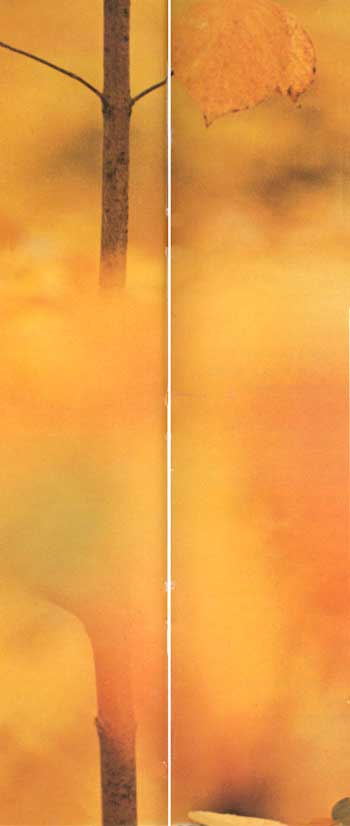|
SHENANDOAH National Park |
 |
The Future
In its long history, the Blue Ridge area has changed many times, and no doubt it will change many more. It has been barren mountains, part of a broad plateau, and under the sea; and it has bulged up again into a mighty range, only to wear down while trees covered its slopes and life continued to evolve.
Even in the past 40 years, the Shenandoah landscape has changed markedly. The many open fields and pastures have been reclaimed by forest, forcing animal life to adjust accordingly. This has diminished open-country animals such as red foxes, woodchucks, bobwhites, and rabbits, and encouraged bears, pileated woodpeckers, and other forest animals.

(Photo by Ross Chapple)
What changes can we expect in the next 40 years? Within the park, probably there will be no changes as dramatic as those experienced since the thirties. Trees will grow somewhat taller, and many of the locusts, pines, sassafras, and other pioneers will give way to the more shade-tolerant oaks, hickories, ashes, tulip trees, and others. Ridgetop forests will remain stunted as the elements buffet them, but trees in hollows will continue toward their giant potential. Some forest creatures will probably increase. Woodpeckers, for instance, will benefit as the aging forest produces more insect-infested wood. But animal populations in general will probably decline somewhat as the closing canopy shades out vegetation near the forest floor.
Taking a geological perspective, we can imagine all sorts of possibilities. The Blue Ridge may erode to virtually nothing and be covered again by water. Or it may be pressured upward into craggy peaks. Perhaps there is a long chance that lava will once again flow from great cracks in the rock. And changing climate may put entirely different vegetative clothes on the land. A warming trend could once again bring tropical forests, or cooling could bring glaciers from the north—perhaps this time to bury the Blue Ridge and wipe its biological slate clean. And who knows what new forms of life will evolve in response to the ever-changing environments?
But our concern and responsibility involve the next few generations. What sort of Shenandoah and eastern seaboard will we leave them? Will megalopolitan sprawl surround the Blue Ridge with housing tracts, choke its air with pollutants, and fill every trail with people? Or will we protect our environment, carefully channel our development, and stop our population growth? Our choices may well determine whether the natural drama of today will continue into the next century and the next.
We will have to make some hard choices and sacrifices to keep these: deer grazing at dusk in Big Meadows, clear water tumbling over ancient gray boulders, a bear leading cubs through shadowy, unbroken forest, a raven gliding high above the wilderness of Shenandoah.

|

|
| NPS History | History & Culture | National Park Service | Contact |
|
Last Modified: Sat, Nov 4 2006 10:00:00 pm PST |


